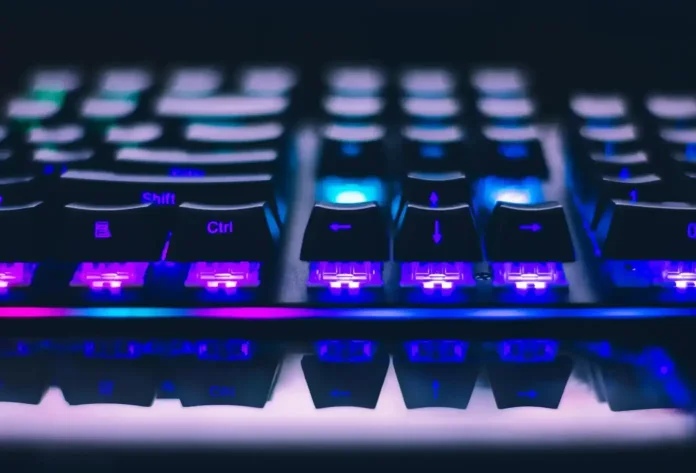Do you have a collection of old, low-resolution digital photos or scanned family pictures that look blurry and pixelated? You can breathe new life into these cherished memories by learning how to use AI to upscale and enhance old photos. Modern artificial intelligence tools can intelligently increase the resolution of your images, sharpen details, and even correct colors, producing results that can seem almost magical. And the best part is, you can do it for free with powerful open-source software.
Table of Contents
🖼️ What is AI Image Upscaling?
Traditional image upscaling simply stretches an image, which results in a larger but more blurry and pixelated picture. AI upscaling is completely different. It uses a trained neural network that has learned from millions of images to intelligently ‘hallucinate’ and fill in the missing details. The AI analyzes the content of your low-resolution image and generates new, realistic pixels to increase its size, resulting in a much sharper and more detailed final image that looks like it was taken with a higher-resolution camera.
🚀 How to Get Started with Upscayl
While there are many online AI upscalers, a fantastic, free, and private option you can run on your own computer is Upscayl. Upscayl is an open-source application available for Windows, macOS, and Linux that provides a simple, user-friendly interface for advanced AI upscaling models. You simply download and install the application, and you’re ready to start enhancing your photos without needing to upload them to a third-party server.
✨ A Step-by-Step Guide to Enhancing Your Photos
Using Upscayl is incredibly easy. First, you select the image you want to upscale by clicking the ‘Select Image’ button. Next, you choose which type of AI model you want to use; a good starting point is the ‘General Photo’ model. Then, you set your output options, such as where to save the enhanced image. The most important step is to select the ‘Double Upscayl’ option, which will run the image through the AI model twice, resulting in a 16x increase in resolution (a 4x upscale, then another 4x upscale). Finally, you click the ‘Upscayl’ button and let the AI work its magic. The result is a dramatically improved image, perfect for printing or viewing on high-resolution displays.
More Topics
- What to Expect from the iPhone 16 Pro: The Biggest Rumors
- How TSMC’s New Chips Will Power the Future of Tech
- The Battle for the AI PC: Intel’s Lunar Lake vs. AMD’s Strix Point
- What We Know About the Rumored PS5 Pro
- How Intel’s Lunar Lake Chips Are Taking Aim at Apple’s M4
- What is OpenAI’s New GPT-4o and Why is it a Game-Changer?
- How to Connect to a Remote Server with SSH in Ubuntu

